Mixed-race erasure and racism: Are we ready to talk about brown-skinned experiences?
By: Adam Abbasi-Sacca
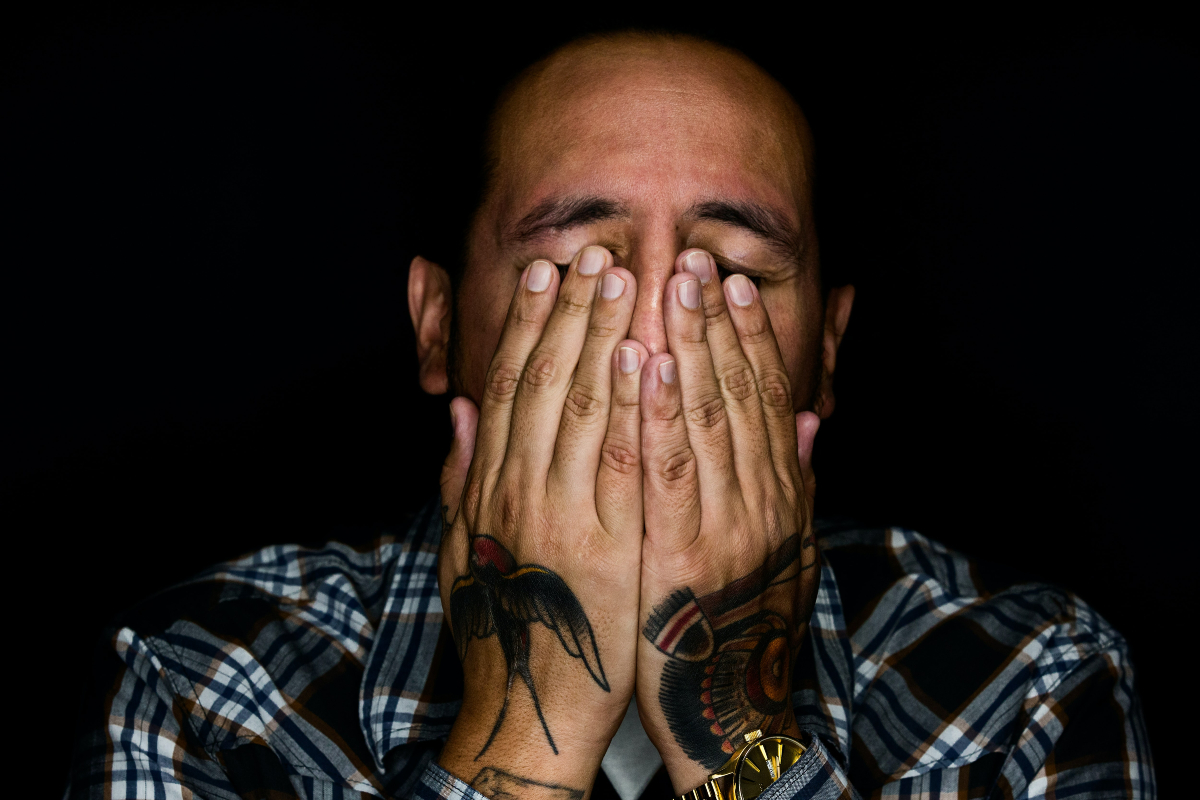
Recently, I purchased some professional headshots. I noticed that in the finalised images of the package, my skin was lightened. I then detailed the experience for one of Australia’s popular digital media channels.
My article received a high amount of comments – significantly higher than the same website’s coverage of the Queen’s death, which dominated news at the time.
Image by: Ayo Ogunseinde
As a writer, I rarely read or interact with reader comments. My view is pretty simple: writers should stay out of the discussion among readers. As an opinion writer, I also accept the views that come with the divisive nature of my articles well before I write them.
But that doesn’t mean I cannot consider what is raised in these comment threads.
Some readers proposed that I didn’t understand photography, and that my article was written in ignorance. Their suggestion was for me to research photographers more closely next time, and to focus on selecting those who don’t lighten images.
Others speculated that I specifically purchased these images in order to be able to write about this experience (an interesting perspective, but I can confirm this was not the case).
What I struggle to understand, though, is the debate that ensued about the colour of my skin not being brown enough to write the piece in the first place.

Original image (courtesy of the author).

Edited image (courtesy of the author).
I am a mixed-race Italian and Iranian Australian. Half of my family are fair-skinned Europeans. This multiracial background of mine has ultimately lightened my skin colouring from the depths of brown in my Persian ancestry.
Comments like these have fuelled a dominant, nonsensical internal dogma that maybe I’m not brown enough to speak up about being brown.
Further, when some readers detailed similar experiences, comments were made about their skin not being brown enough to be deemed appropriate voices as Indigenous Australians, African Australians or individuals with roots in the subcontinent.
I’m unsure what’s worse: the comments themselves, or acknowledging their existence with this article. Still, those views and their owners are very real.
They’ve existed in the very fabric of this society that I have called home for my entire life – in schools, workplaces and communities.
These are the same people who contribute to Australia’s underlying culture of racism and xenophobia.
They are voices in our Parliament – a system built to represent a cross-section of our population (good old proportional representation).
They are the people who tell me after having my entry visa denied to countries for visiting my grandmother in Iran: “well, you can’t blame ’em”.
Voices that say to “ignore” being excessively questioned or profiled in high-risk environments because of what I look like. Larrikins who laugh and deny any discrimination occurred when I recount my experience in Ubers and taxis being left in silence once I tell the driver my ethnic background.
Ultimately, these are the people who find humour in, or vehemently shun, my lived experience of being targeted or ostracised for being the type of brown-skinned human that I am.
Experiences like these have left me questioning whether or not I am the ‘right’ kind of brown. Even today, decades after September 11 kicked off the profiling of Middle Easterners in the Western world, I question if I have the ‘unsafe’ kind of brown skin.
Raising this does not make me courageous or a pioneer.
By contrast, South Asian Australians are more commonly framed as the “safe kind of brown”. They are traditionally considered ‘workhorses’ and deemed as not being a threat to Western society, even if this idea is also steeped in racist stereotyping.
Being an ‘acceptable’ brown was built upon years of migration, courage, hard work and tough conditions.
Iran never made it onto that list.
It took me a while to realise the gravity of the image lightening situation after it happened, mainly because I have been conditioned to want to be lighter. Consequently, I’ve been numbed to the effects of actions designed to increase my ‘whiteness’ and stayed silent.
Today, I am making a conscious effort to stand up to this garbage.
I’m making an effort to no longer be complicit with silence, in fear of rocking the boat. It’s the same vessel that plenty of my ancestors have used, and still use, to leave their turbulent home in search of a better life and opportunity. They’ve also come by plane, trains and cars. (Clearly, I too am guilty of limiting the narrative of my ancestors.)
The journey to countries like Australia is unsurprising given decades of oppression in Iran, and the history of bloodshed when my siblings have stood up for their rights.
Even though we hear about these protests today, this is not new.
Despite this, I am optimistic that the detractors in this country can arrive at a place that when confronted by someone discussing their experience of skin-colour discrimination, they respond with respect and openness, rather than hate and scepticism.
How long will that change take? I don’t know. For now, I am keeping the dialogue open – and it’s a start.
Adam Abbasi-Sacca is a freelance writer and has a background in policy and international relations. He is a proud mixed-race Italian and Iranian Australian. He is passionate about sharing stories on current affairs, culture and identity. Contact on Instagram via @adamabbasi_ or Twitter @adamabbasisacca



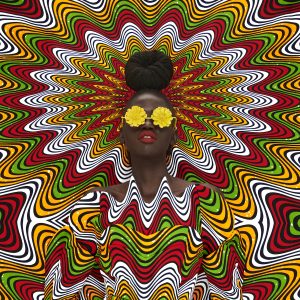

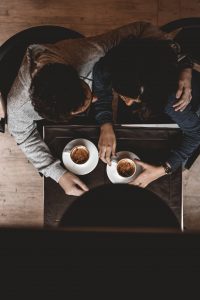

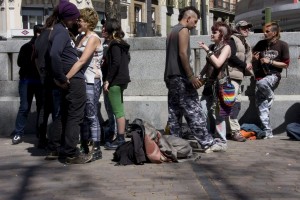
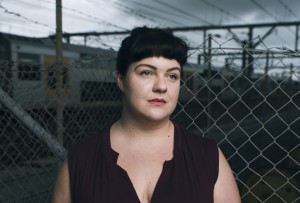
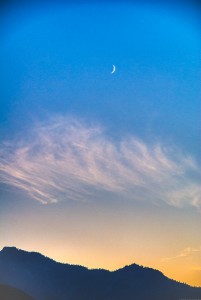
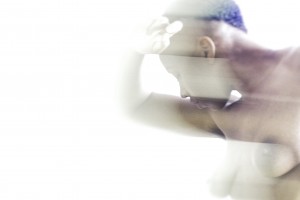



Absolutely adore this piece. Thank you Adam
Thank you so much Adam for raising this relatable topic and publishing it – there is always hope when writers are brave enough to share. Having 23 years of lived experience also being a mixed-race brown-skinned human has taught me that in Australia it is safer both emotionally and physically not to challenge the dominant narratives and discourse in public.
Experiences like these have left me questioning whether or not I am the ‘right’ kind of brown.